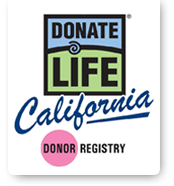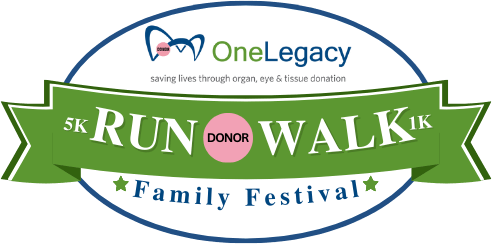There are many questions on how donation works.
Here you’ll learn about the steps that take place
when someone becomes eligible to be a donor.

Trauma & Death
Whether in a hospital or at the scene of an accident, emergency medical personnel immediately begin life-saving procedures. Every effort is made to save the patient at the hospital.
Your medical team will only focus on your wellbeing and do everything in their power to help you recover from any accident or illness.

Referral
One key question on how donation works is when someone is determined to be a donor.
An individual is only considered a donor once a patient is determined brain dead by two different doctors who are unrelated to the transplant process. Or the family of the individual has already decided to take them off mechanical support.
Only then the hospital must refer the patient to the local organ procurement organization (OPO).

Evaluation
Only after one of the two above situations have occurred. Medical staff at the local OPO, not the physician, evaluates to determine if organ donation is an option.
This can include overall health, lifestyle, medical history, and more factors that will impact the health of any organs or tissues that could potentially save lives.

Approach
If the patient is eligible for organ donation, the OPO will speak to the family. The family will then be notified if their loved one registered as an organ donor.
If an individual has not recorded their decision to become a donor or not (on the registry, an advanced health care directive, or something similar), then it is up to the family whether an individual becomes a donor.
The next steps only take place if an individual is a registered donor or their family has consented to donation. This is why it is so important for you to share your decision on donation with your family.

Organ & Tissue Recovery
Once consent is granted, either by the Donate Life California Registry or the family, the process to recover organs will begin. This includes any necessary testing, a chance for the family to say goodbye to the individuals and the procedures to recover the organs and tissues.
Once recovery has taken place the organs and tissues are matched using the national waiting list run by UNOS (United Network for Organ Sharing). This process is used to help save the lives of those on the organ transplant waiting list.

Funeral Arrangements
Families can proceed with regular funeral arrangements. The decision to donate does not affect the option of an open casket, nor does it delay funeral services.
The team at the local OPO will ensure that donation is only a pause in what would otherwise be your after death plans.
How is Tissue Donation Different from Organ Donation?
One part of how donation works is that less than one percent of hospital deaths meet the criteria for organ donation (usually the patient must be brain dead).
On the other hand, tissue donation is open to nearly everyone. Hospitals are required to report all deaths to tissue and eye banks. If the tissue donor meets donor eligibility, the registry is checked. Once authorization is verified, or consent is given by the potential donor’s family, a medical team is dispatched by the eye and/or tissue bank for recovery.
Each tissue donor can enhance up to 75 lives.







